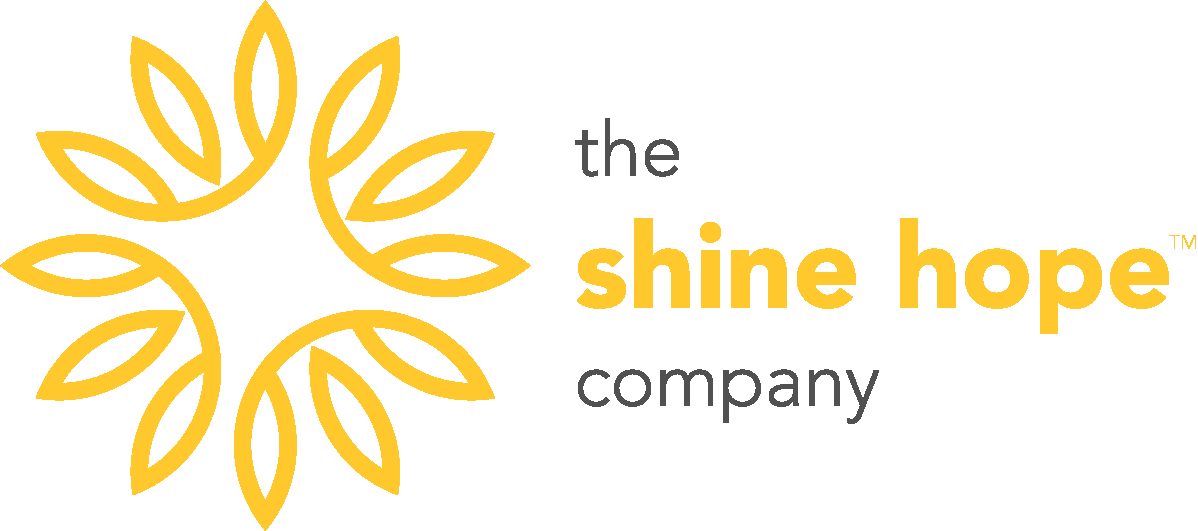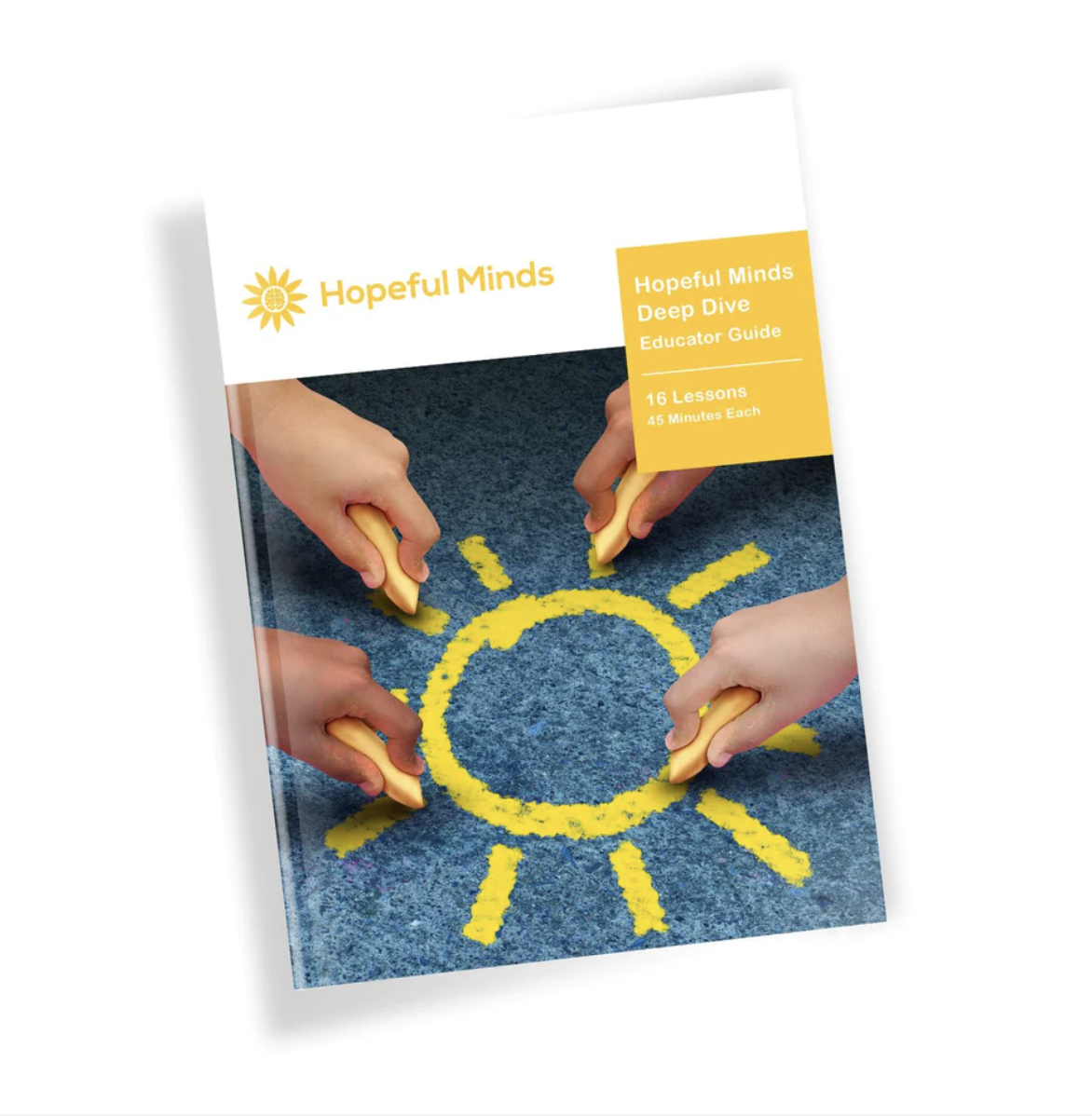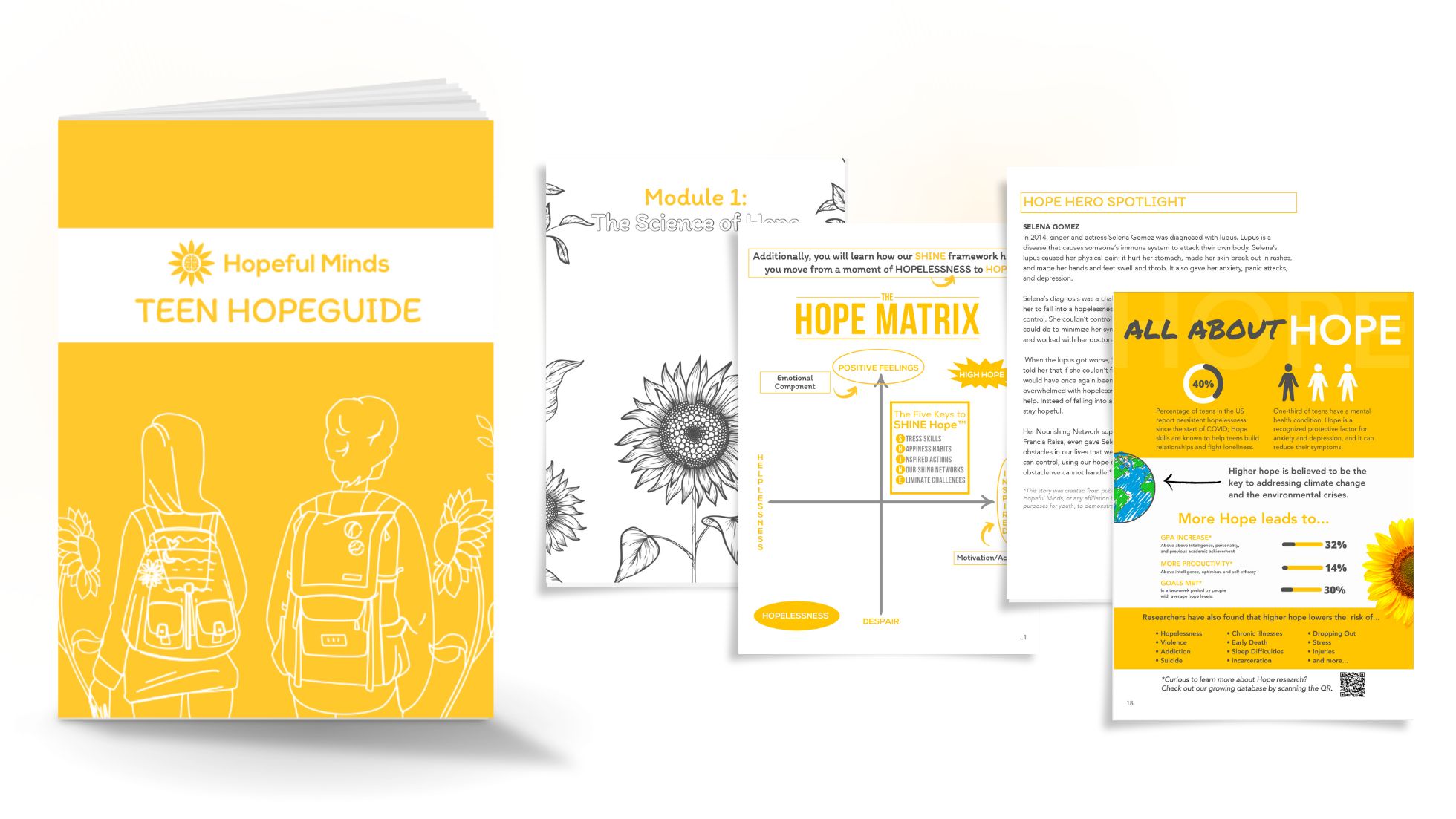Hopebeat Weekly: November 14, 2023
Hopelessness, Violence, and Strides for Peace
Youth violence statistics are heartbreaking and staggering, and a serious public health problem. According to the CDC, Homicide is the third leading cause of death for young people ages 10-24 and the leading cause of death for non-Hispanic Black or African American youth. Emergency departments treat over 800 young people for physical assault-related injuries each day. (CDC, 2023)
Not to mention the cost. In 2020, youth homicides and nonfatal physical assault-related injuries resulted in an estimated $122 billion annually in costs including medical care, lost work, and quality of life. This estimate does not include costs to the criminal justice system. (CDC, 2023)
And we shame, incarcerate, punish, and intervene when it is way too late, all the while failing to get at the root cause of violence; hopelessness.
Hopelessness predicts all risky behaviors in youth (i.e., violence, weapon-carrying on school property, self-harm, unprotected sex, bullying, partner violence, and more). The only known predictor of gun violence is a history of violent behavior. Researchers have found hopelessness is the only consistent predictor of violent behaviors.
We also know that hopelessness is persistent in over 40% of adolescents and 57% of teen girls in the United States alone. With this growing rate of hopelessness, we can expect violence and risky behaviors to continue to increase, unless we do something to reverse this startling trend.
Evidence suggests programs targeting hopelessness can reduce violent behaviors, and that’s where hope comes in.
How many youth know what hopelessness is, and how to manage it? How many understand that violence feels good when in pain, it impacts the reward pathways of the brain. How many understand the 90-second stress response, and why it is absolutely necessary to wait 90 seconds when triggered by anything or we are sure to make a very bad decision (one that forever impacts our lives)? Our research with college students has shown that these skills are simply not being taught.
We can’t wait until there is a crisis to intervene. We’ve got to start upstream, where the problem starts. And according to the literature, it all starts with hopelessness. And thankfully through our work, we have shown that you can (and we must) teach how to hope.
You can check out our program, Hopeful Minds, and start teaching it. You don’t need special skills, you can buy workbooks on Amazon and get them into your school. And if you can’t afford it, and are willing to promote our work, we will give you digital copies at no cost. We don’t want barriers to hope.
Grateful to Strides for Peace for gathering an incredible group of dedicated, passionate individuals in Chicago to work together to create new strategies to address violence in the city. Hearing the stories of the parents that lost their children to violence is heartbreaking, beyond words. Working hard to get Chicago to jump on board to become a Hopeful City, to start ensuring all know the what, why, and how of hope.
Keep Shining Hope,
Kathryn
Measure Your Hope
Most people don’t realize there is a Science of Hope. That you can actually measure it. And through our work, we have shown you can teach it. The first step in understanding your hope, is seeing how hopeful you are. Check out our free validated hope scale today. Take the Hope Scale.
Featured Product on the Shine Hope Store
Hopeful Minds Deep Dive Educator Guide
The Hopeful Minds Deep Dive Educator Guide is a scripted curriculum designed for educators (or anyone working with children) to give children a deeper understanding of the core components of hope. The curriculum includes 16, 45-minute lessons that explore the tools needed to create, maintain, and grow hope, background information for educators, supplemental resources, classroom visuals, and a Hopework Book for students. Get your copy here.





